The Mysterious Origins of the Halloween
Festival of Samhain
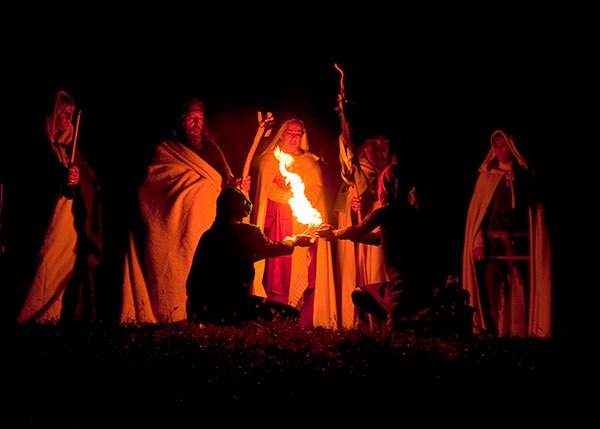
Halloween started as the festival of Samhain. It was part of the ancient Celtic religion in Britain and other parts of Europe. The Celtic year was divided into two halves — light and dark, which were shown clearly by two of their four annual fire festivals. In between, rituals or ceremonies were celebrated marking solstices (when the night is either the shortest or longest) or equinoxes (when day and night are equal). Samhain, the fire festival that marked the beginning of the dark half of the year, is situated between the autumn equinox and the winter solstice. The Celts believed that at the end of summer, the barrier between our world and the world of spirits got really thin or melted.
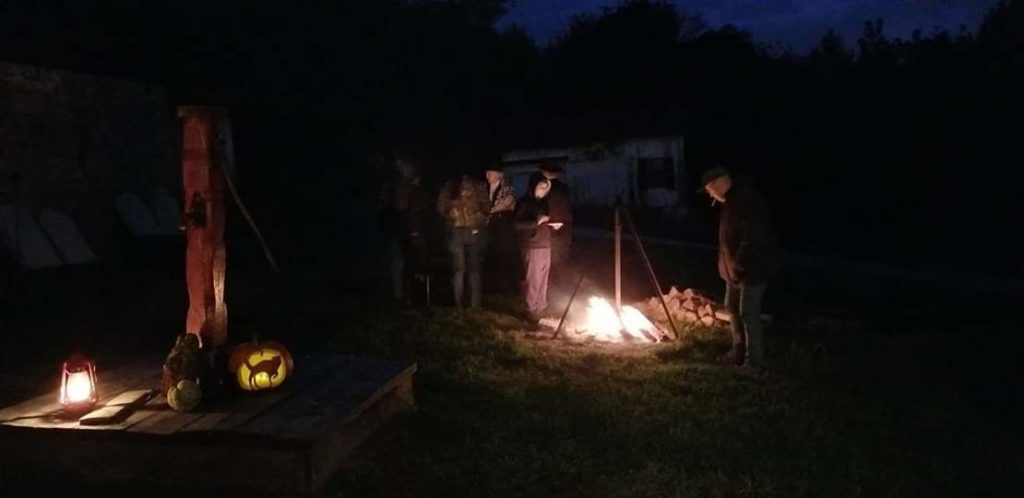
This meant mystical creatures with strange dark powers could wander about on Earth. So the Celts had a big party. It was all about scaring away the ghosts and spirits. At the bonfires of the festival, fortune-telling was done alongside sacrifices, and many participants also put on costumes, often masquerading as animals or beasts, in hopes of fooling spirits who might want to harm them.
Read latest Halloween Ghost and Their Sun Signs
All Hallows’ Eve
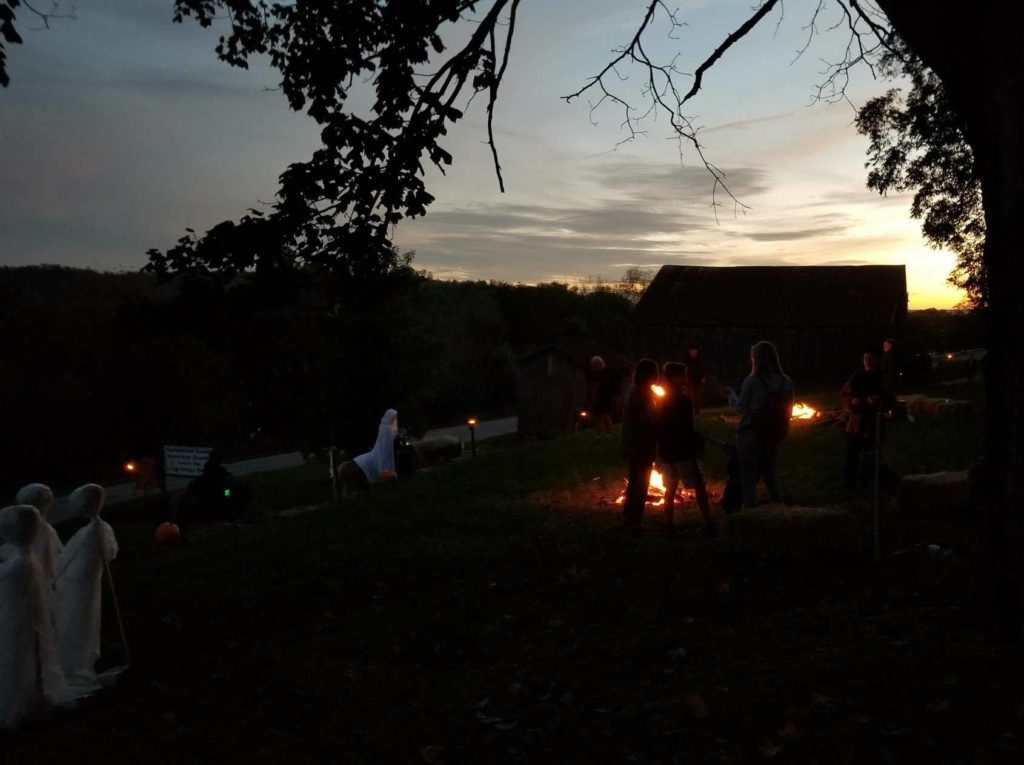
Later, with the Christian religion, the day became known as All Hallows’ Eve – the day before All Saints’ Day on 1 November. All Souls’ Day was celebrated similarly to Samhain, with big bonfires, parades and dressing up in costumes as saints, angels, and devils. The All Saints’ Day celebration was also called All-hallows or All-hallowmas and the night before it, the traditional night of Samhain in the Celtic religion, began to be called All-Hallows Eve and, eventually, Halloween.
Halloween picks up

Later America picked up the festival after the arrival of the Irish immigrants and popularised Halloween during the 19th century. These new immigrants, the millions fleeing the Irish Potato Famine, helped to popularize the celebration of Halloween nationally. The American Halloween tradition of “trick-or-treating” is taken from the early All Souls’ Day parades in England. During the which, poor citizens would beg for food and families would give them pastries called “soul cakes” in return for their promise to pray for the family’s dead relatives.which was eventually replaced by children who would visit the houses in their neighborhood and be given ale, food, and money.
Read latest Halloween Ghost and Their Sun Signs
Forgotten matchmaking ritual?
In 18th-century Ireland, a matchmaking cook would hide a ring in her mashed potatoes on Halloween night, hoping to bring true love to the diner who found it. Reassuring young women that they would, with luck, by next Halloween, be married.
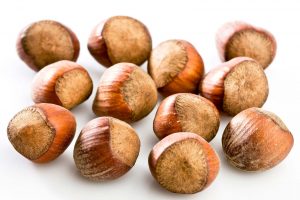
In Scotland, a young woman named, hazelnuts for each of her suitors and then the nuts were tossed into the fireplace. The nut that burned to ashes rather than popping or exploding, represented the girl’s future husband.
In another young woman ate a sugary candy made out of walnuts, hazelnuts, and nutmeg before bed on Halloween night. She would dream about her future husband.
Read latest Halloween Ghost and Their Sun Signs
Jack-O’-Lanterns from Turnip to Pumpkin.
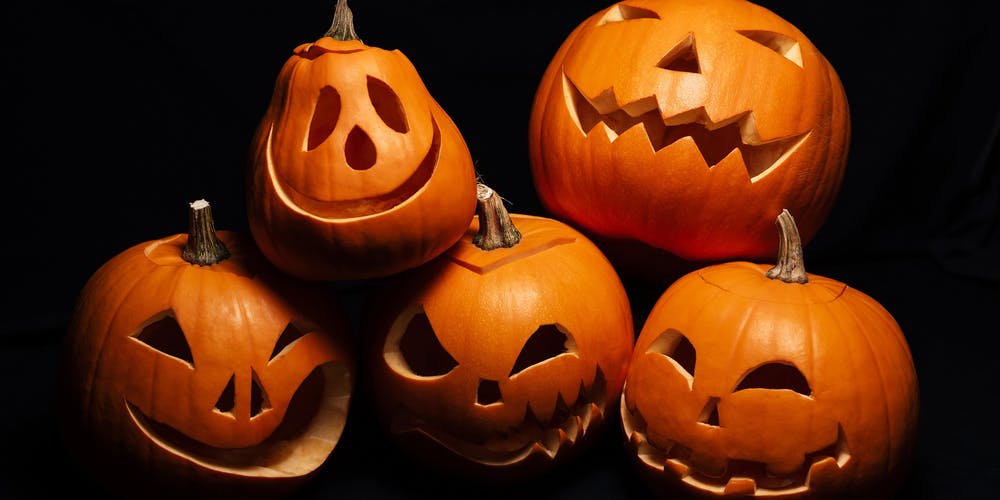
The term “jack-o’-lantern” was used for people, not pumpkins. The term meant a man with a lantern or a night watchman. Later it was used to refer to the spooky lights seen at night over bogs, swamps, and marshes.
People told stories to explain the mysterious lights. In Ireland, those stories often revolved around a guy named Jack. The Stingy Jack who fooled the Devil not just ones but a few times.Good lord! Jack must have been one a hell of a man to do that.
When Jack eventually died, God would not allow him into heaven, and the Devil rejected Jack’s soul at the gates of hell. Instead, the Devil gave him burning coal to light his way to “find his own hell.” Jack put the coal into a carve-out turnip and has supposedly been roaming the earth with it ever since.
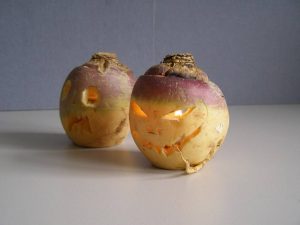
Making vegetable lanterns was a tradition of Ireland, and carved-out turnips, beets, and potatoes were stuffed with coal, wood embers, or candles as lanterns to celebrate the fall harvest. Later in America pumpkins replaced all as they were bigger and easier to carve out. So they used pumpkins for Jack O’Lanterns
More on Halloween
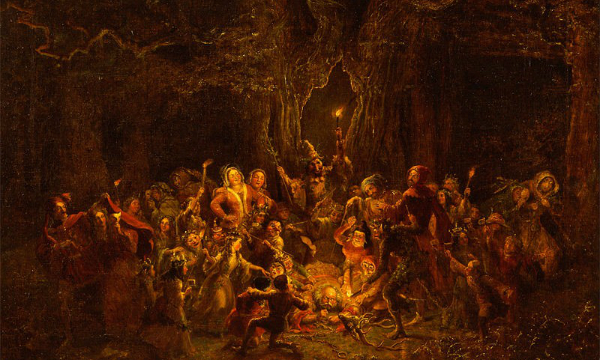
Comments are closed.